10 Best Depth Finders For Boats 2025 in the United States
Our technology thoroughly searches through the online shopping world, reviewing hundreds of sites. We then process and analyze this information, updating in real-time to bring you the latest top-rated products. This way, you always get the best and most current options available.

Our Top Picks
Winner
Garmin ECHOMAP UHD2 94sv with GT56 Transducer, 9" Touchscreen Chartplotter, Garmin Navionics+ U.S. Coastal
Most important from
269 reviews
The Garmin ECHOMAP UHD2 94sv is a solid choice for boaters and anglers looking for an efficient depth finder. Its 9-inch touchscreen display is bright and easy to read, even in sunlight, making navigation straightforward. The included GT56 transducer provides versatile sonar options, including traditional, ClearVü, and SideVü scanning, allowing users to see underwater structures and fish in great detail. With built-in Garmin Navionics+ coastal charts, users can have access to comprehensive mapping data, which enhances the boating experience, especially in unfamiliar waters.
One of the standout features is the built-in Wi-Fi connectivity. This allows users to wirelessly share sonar data, waypoints, and routes between compatible devices, which is particularly useful for teams or when multiple chart plotters are being used on board. Additionally, the unit can connect to a Force trolling motor, enabling users to create and follow routes automatically, which adds a layer of convenience while fishing or cruising.
There are a few drawbacks to consider. While the touchscreen is user-friendly, some users may find its responsiveness varies, especially in wet conditions. The depth finder is relatively bulky, weighing over 8 pounds, which might be a concern for smaller boats with limited mounting options. Additionally, while the price is competitive for its features, it may still be considered high for those who are occasional boaters or fishers who do not need advanced capabilities.
Most important from
269 reviews
Humminbird XPLORE 9 GPS Fish Finder with Transducer, MEGA Side Imaging+ & HD Touchscreen
Most important from
57 reviews
The Humminbird XPLORE 9 GPS Fish Finder stands out with its advanced sonar technology and comprehensive mapping capabilities. It features MEGA Side Imaging+ and MEGA Down Imaging+, which provide detailed underwater views up to 200 feet on each side and below your boat. The Dual Spectrum CHIRP technology enhances fish detection accuracy, offering both wide and narrow modes for different fishing needs. The built-in GPS and extensive map coverage, including LakeMaster and CoastMaster VX map cards, make navigation and location tracking straightforward, suitable for users who fish in varied water bodies across the US and Canada.
AutoChart Live allows you to create real-time maps of your fishing spots, capturing depth contours, bottom hardness, and vegetation, which is excellent for identifying productive fishing areas. The 9-inch HD touchscreen display with dual control options (touchscreen and keypad) ensures clear visibility and ease of use even in bright conditions. Connectivity features like high-speed Ethernet and Bluetooth, and compatibility with NMEA 2000 network, Minn Kota, and Cannon products, make it versatile and easy to integrate into your existing boat systems.
However, at 9 pounds and with a relatively high price point, it may not be ideal for smaller boats or casual anglers. Its advanced features and comprehensive integration options are best suited for avid anglers or professionals who require detailed underwater imaging and extensive mapping capabilities. The two-year warranty provides some assurance of its durability and performance.
Most important from
57 reviews
Simrad 000-15403-002 NSS12 Evo3S Chartplotter and Fishfinder with Preloaded C-MAP US Enhanced Charts, 12 Inch Display, Black
Most important from
29 reviews
The Simrad NSS12 Evo3S is a robust depth finder designed for boat enthusiasts who demand high performance and advanced features. With a large 12-inch high-definition display and an advanced iMX 8 processor, it offers fast response times and smooth navigation through its intuitive touchscreen interface. The built-in GPS navigation with preloaded C-MAP US Enhanced charts is a significant advantage for those navigating inland and coastal waters, making it easy to plan routes and identify key landmarks.
In terms of fish-finding capabilities, the NSS12 Evo3S excels with features like Active Imaging sonar and StructureScan 3D, allowing users to locate fish more effectively. The vessel-wide integration also stands out, providing real-time monitoring of various systems onboard, such as fuel efficiency and engine performance, which can enhance the boating experience.
It is important to consider a few drawbacks. The size of the device may be cumbersome for smaller boats, and installation could require some technical know-how. Additionally, while the unit is packed with features, those new to depth finders might find the array of options overwhelming at first. Lastly, the price point is on the higher side, potentially limiting it for recreational users or beginners who may not require such advanced capabilities.
Most important from
29 reviews
Buying Guide for the Best Depth Finders For Boats
Choosing the right depth finder for your boat can significantly enhance your fishing or boating experience. A depth finder, also known as a fish finder, uses sonar technology to detect the depth of water and locate fish. To make an informed decision, you need to understand the key specifications and how they align with your specific needs. Here are the essential specs to consider when selecting a depth finder for your boat.FAQ
Most Popular Categories Right Now
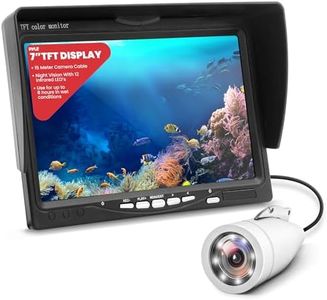

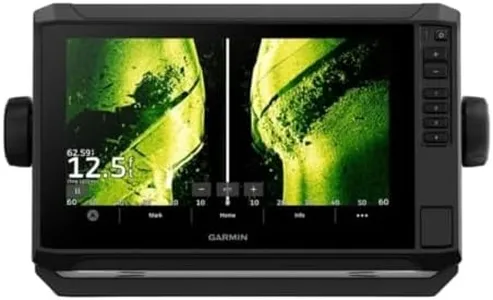
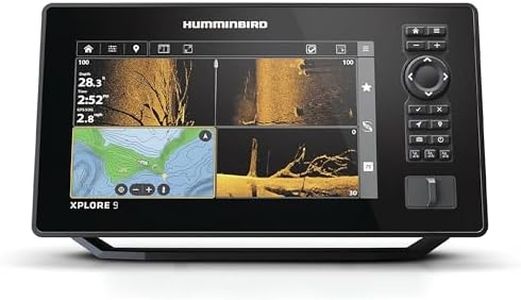
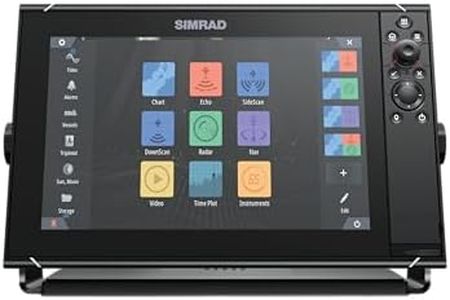
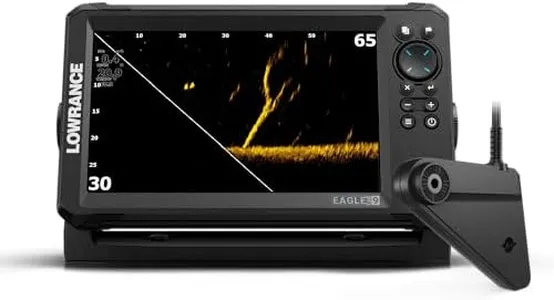
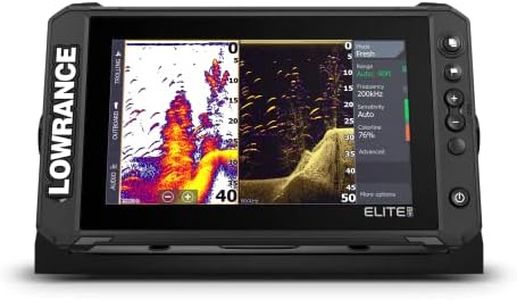
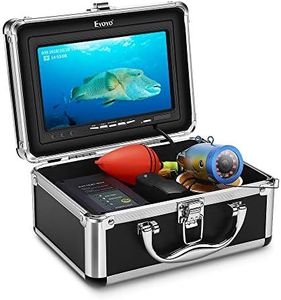
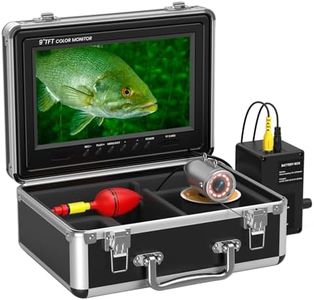
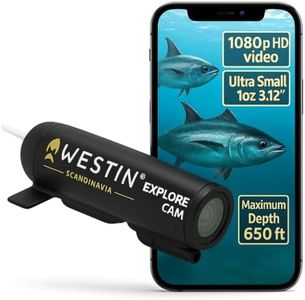
![[FishPRO®2025 Upgrade] [Auto-Focus 2''- 40''] Underwater Fishing Camera w/DVR 32GB,1200TVL, Ice Fishing Camera Underwater Fish Finder, w/IR+LED Light for Dark, 4500mAh w/ [Spare Charging Port], 49ft](https://images-proxy.bestreviews.guide/acq3_QtcLbcjVSUbrd75CGmUBuk=/0x300/https://m.media-amazon.com/images/I/51hexOA1C9L._AC_CX679_.jpg)
![[FishPRO® 2025 Upgrade] 4.5'' True HD 1080P Underwater Fishing Camera w/DVR-32GB, (NO Need Learn) Ice Fishing Camera Underwater, Ice Fish Finder Camera - w/ 5,000mAh & USB-C, IR+LED, 20m/66ft](https://images-proxy.bestreviews.guide/0CVGaE9o20DmnIASQqwX_PN8NoA=/0x300/https://m.media-amazon.com/images/I/51BAH60l9ML._AC_CX679_.jpg)









